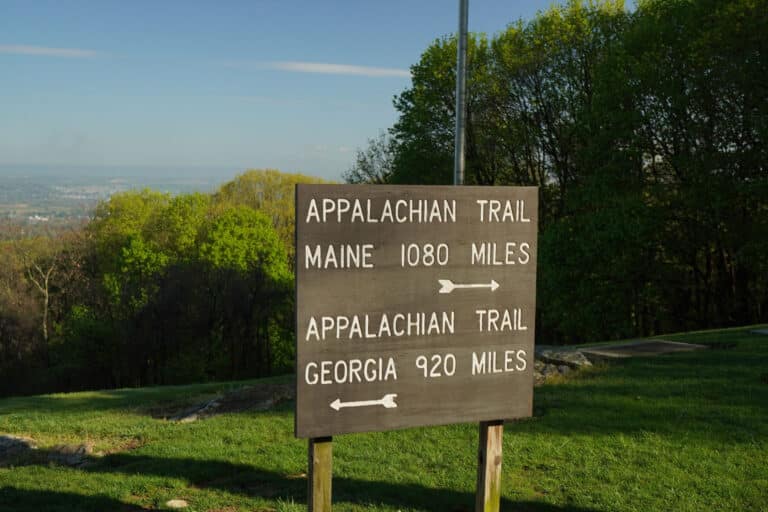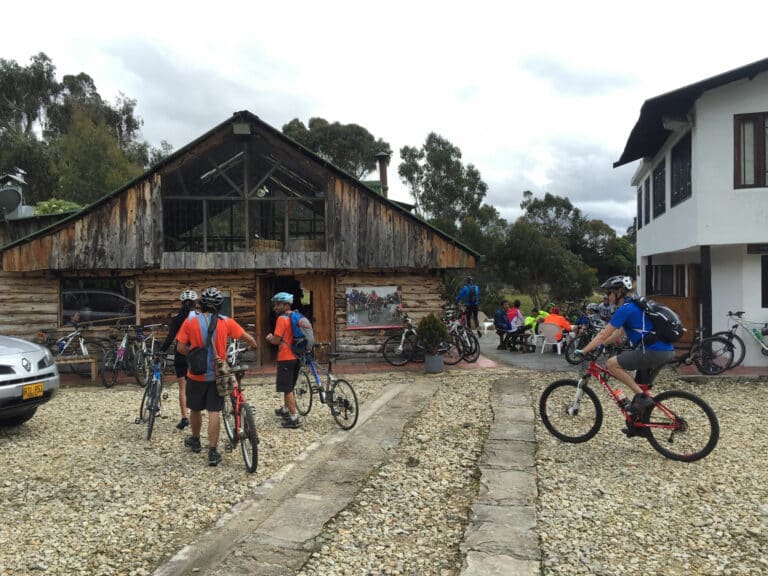The Great Eastern Trail (G.E.T.), a 1,600-mile footpath that will stretch from the Alabama/Florida border all the way to the Finger Lakes of New York, will offer an alternative to the well-traveled Appalachian Trail. The G.E.T., which will incorporate portions of existing trails like the Cumberland Trail and Tuscarora Trail, will parallel the A.T. in many areas, but is not in any way trying to compete with it.
“It’s smart to disperse recreation whenever possible,” explains Jeffrey Hunter, chairman of the Southeastern Foot Trails Coalition, a co-op of hiking clubs and trail organizations that’s undertaking the massive G.E.T. project.
90 percent of all hikers hike ten percent of the trails. As a result, certain pockets of forests like the Great Smoky Mountains National Park and the Shenandoah National Park become overtaxed, while other areas are hardly visited at all. The G.E.T. is designed to get hikers out of the most overused recreation hot spots and into the Southeast’s undervalued gems-like ‘Bama.
“People don’t realize Alabama houses the lower section of the Appalachians,” says Bob Williams, president of the Alabama Trail Association and a volunteer working on the G.E.T. Williams admits he’s obsessed with building the G.E.T. and finishing the Alabama Pinhoti Trail, which will traverse 230 miles across Alabama from top to bottom. “The Pinhoti is the best-kept secret in the Southeast, but we’re hoping the G.E.T. will change that. Alabama is wild, but people don’t know it yet.”
Thanks to its incorporation of trails like the Pinhoti, future thru-hikers of the G.E.T. can expect a more remote hiking experience than that found on the A.T. There won’t be an extensive shelter system along the trail, and the path won’t pass through as many towns as the A.T. Instead of traveling through the Smokies in Tennessee and North Carolina, G.E.T. hikers will traverse the Cumberland Plateau. Instead of exploring the Shenandoah National Park, you’ll get to check out Breaks Interstate Park.
“It’s going to be a completely different experience from the A.T.,” Hunter says. “And it’s an experience that hikers desperately need. This trail has emerged from the trail clubs themselves. It’s a grassroots effort.”
Currently, the G.E.T. is being built entirely by volunteers without any federal or state resources, and the Southeastern Foot Trails Coalition isn’t seeking federal designation. The G.E.T. is a hiking trail proposed by hikers, built by hikers, in order to fill the alternative long distance trail needs of hikers. And it’s just one piece in the long distance hiking puzzle. The end game of the Southeastern Foot Trails Coalition is to build a 5,000-mile network of long distance hiking trails throughout the Southeastern United States.
So when will the hiking bliss begin? Don’t pack the bag just yet. While the G.E.T uses roughly 1,000 miles of existing trails, more than 600 miles of new trail needs to be cut. Efforts are currently underway, but Hunter believes it could be 20 years before the entire trail is in place.
Don’t fret, there’s a freshly cut 38-mile section of the Cumberland Trail and G.E.T. just recently opened to the public that should satiate your need for new hiking terrain.
“This new section of trail is really scenic,” says Tony Hook, the trail development coordinator for the Cumberland Trail Conference. “It travels through three different creek gorges and it’s sort of like hiking through the slot canyons out west. You’re rock hopping, you’re going in and out of gorges. It’s unreal.”
The new section of the Cumberland Trail sits in the Soddy Daisy area north of Chattanooga. For more info, check out www.cumberlandtrail.org.







